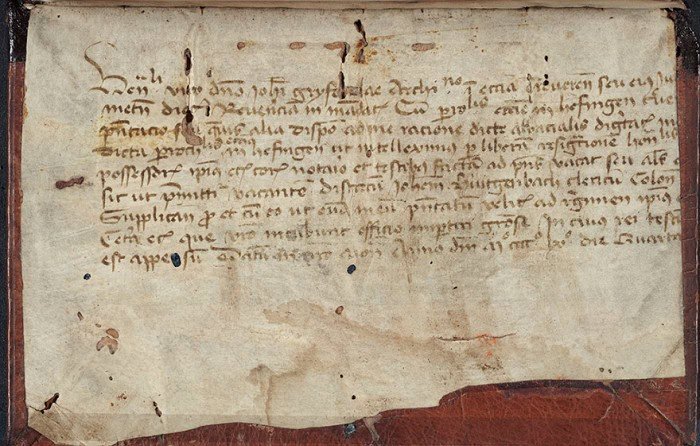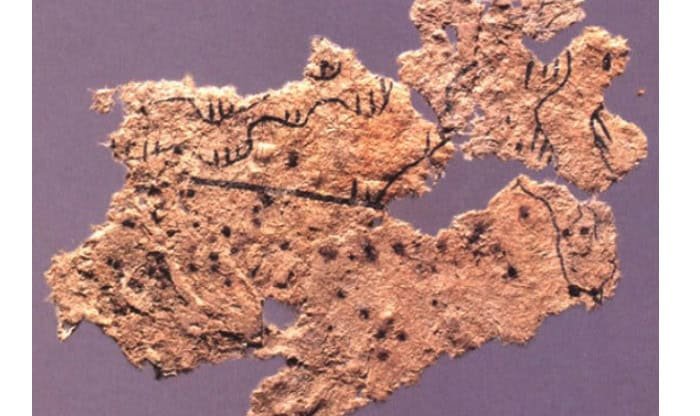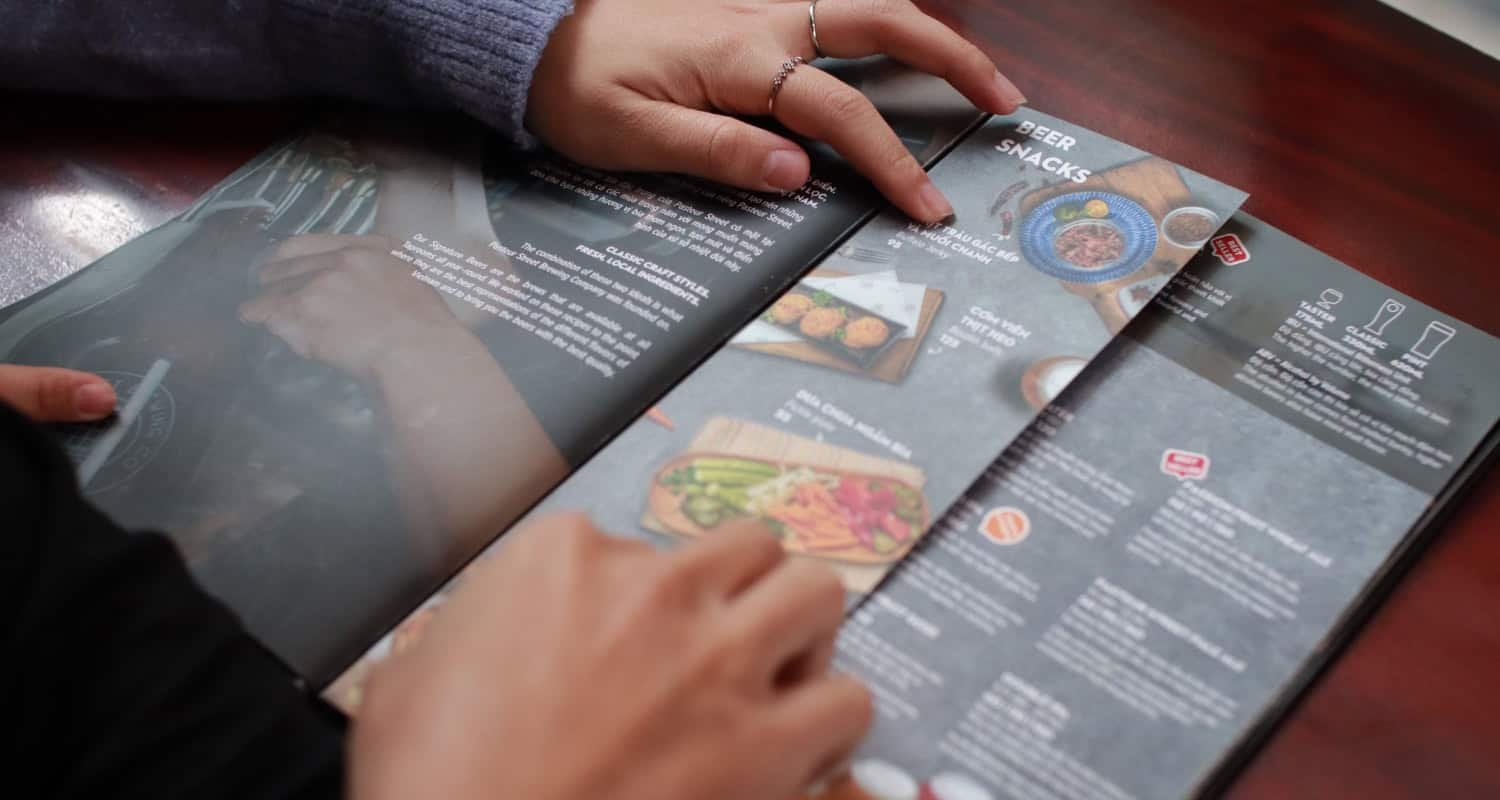This article is about the History of Paper. Many public believe that paper has advanced over the age from material for writing, accompanying two together vellum and material for writing being interim stages in its happening. Still, this isn’t correct as the true paper was grown entirely alone by one Chinese periodically between 300 BCE and 105 CE. (We are utilizing the Common Era date notations across our spot.)
For fullness, our past will cover the roll of writing, parchment, skin, and paper and present facts on the happenings and customs of each novel fabric. This article is about a paper history overview.
See Also: Foolscap Size & Dimensions for Old British Imperial Paper Sizes
Table of Contents
Papyrus
Papyrus is identical in many habits to paper, containing a preparation of plant material and ought into sheets. It is from the pith of material for the writing plant (Cyperus roll of writing), accompanying sheets in preparation of a coating of levelled strips of core planed together, each kind of coinciding, and therefore a second tier advanced across to the first. Therefore, this is rushed and smoothed to produce conclusive material for the writing page.
Papyrus was first secondhand once in the triennial or divided into four equal parts millennium BCE, accompanying documents having existed out-of-date to 2560-2550BCE. It spread across Europe and was in regular use before the 7th and 8th periods. How far northward papyrus spread is mysterious, but it was breakable and indeed broken apiece liquid frequently in the vicinity of Northern Europe. In Europe role of writing was having another in its place by inexpensive and more long-lasting vellum, its last out-of-date use being for a pontifical decree in 1057.
Parchment
Parchment is frequently made from calfskin (skin), goatskin, or sheepskin. Unlike paper and papyrus, parchment is from elongated and dry animal skins. It is, therefore, separate sheets for use as document material.
The first recorded use of vellum is still in Egypt and at about the concurring as the first use of material upon which one writes. One vellum streamer has existed out-of-date to 2550-2450BCE, and vellum was reasonably low across the middle oriental for one 6th centennial BCE. In Europe, vellum was established betwixt the 6th centennial CE and the 14th centennial CE when paper enhanced more universal communications.
Many main books and documents were composed on vellum, containing the Magna Carta and the US constitution.
Parchment is liable to warp under humidity changes because pages are no longer flat. Accordingly, many traditional vellum books have weighty covers and are secured tight when unoccupied.
See Also: US Envelope Sizes: Commercial, Announcement & Catalog Sizes
Vellum
Vellum is a distinguished form of parchment from calfskin. Accompanying the value of the material upon which one writes is connected to the age of the shin. British acts of legislature still composed skin for the lawmaking library.
Some paper makers in the business refer to their distinctive products as the top papers for writing. Particularly of animate beings, whereas it is simply paper. There is still ‘paper skin,’ a plasticized, understood marginally transparent paper. This is used for blueprints and best-scale structural plans. It is less liable to be subjected to decrease and maybe copied more surely than standard paper.
Paper
The world’s earliest accepted paper was a map from the 2nd centennial BCE Paper. And also a Map fragment from the 2nd centennial BCE Paper. They both are thought to have been introduced in China periodically in the 2nd or 3rd centennial BCE. This is because of the becoming obsolete of a print fragment, in the direction of Fangmatan, to the 2nd centennial BCE, the most aged document of concurrence established to date.
Historical records in China, The Twenty Four Histories, attribute the finding of paper to Cai Lun in 105CE, a considerably later date. The paper directions used by Cai Lun contained plant bark fibers, clothes, and angling nets. Early paper manufacturers specifically treasured Mulberry and Sandalwood for bearing excellent paper in the history of paper.
Later, once the middle two points, the 2nd and 4th century CE and insecticidal dye amounted to the ground material from wood. It was done to increase its endurance. It only occurred once that paper started its spread across the earth, arriving in Japan from two points in the 3rd and 6th centuries CE. Pakistan with apiece 6th centennial. Samarkand with apiece 8th centennial. Egypt with apiece 9th centennial, and as far west as Morocco with apiece 11th centennial.
In the 19th century, paper-making progress was extraordinary in the history of paper. And accompanying the initiation of steam capacity and the improvement of wood pulp (divided organic compound composed of carbon fibers). This acknowledged paper expected manufactured more skillfully and outside some reliance on reused clothes, so immensely growing result competency.
The 20th and 21st centuries proverb further enhancements in the paper-making process that accompanies paper ought to be acid-free, growing balance and forbidding disintegration.
Learn about Long Bond Paper here.
FAQs
What is the first paper in history?
Papyrus paper.
Why is it called paper?
The word ‘paper’ is derived from the name of the reedy plant papyrus. It grows abundantly along the Nile River in Egypt.
What was paper first called?
Cloth parchment
What is the Old English word for paper?
Papier
See Also: Tabloid Size Paper








